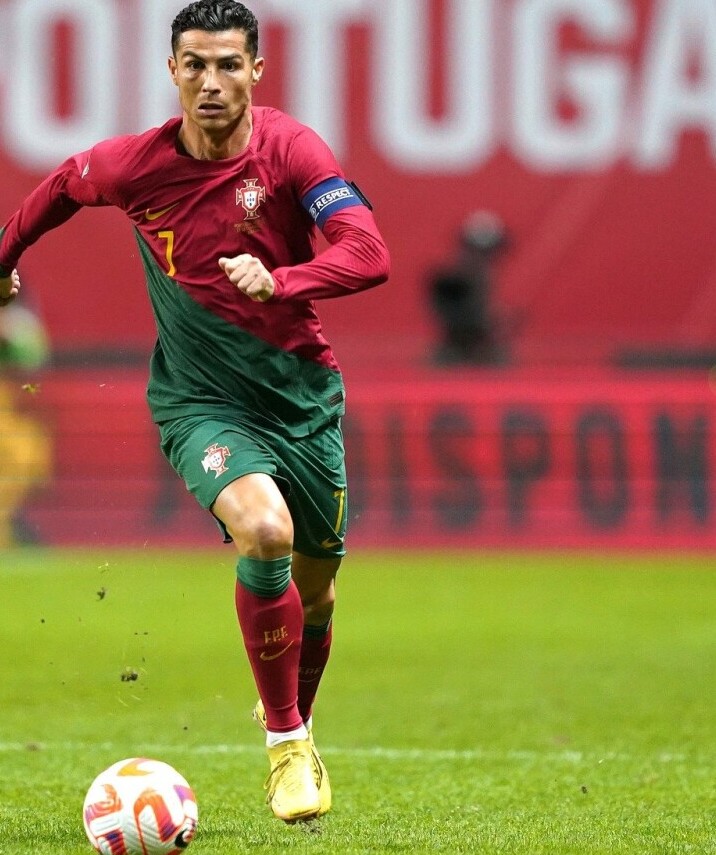
Soccer, a 90-minute game that tests every bit of a player’s physical capacity, is all about endurance. Apart from showcasing skill, it’s the energy and sustainability on the field that often separates the greats from the rest. Understanding how endurance impacts a player’s performance is essential for anyone serious about upping their game.
Endurance lets soccer players maintain a high level of play for longer periods. It’s kind of like the secret sauce that powers those jaw-dropping runs in the final moments of a match. When players increase their endurance, they don’t just run further; they react faster, recover quicker, and make those vital tackles count.
Let’s face it, injuries can derail promising careers. By focusing on endurance training, players can not only improve their on-field stamina but also protect themselves from injuries. It’ll extend their careers, making them less susceptible to pull-ups, strains, and fatigue that often come with pushing the limits.
Look at top players like Cristiano Ronaldo and Lionel Messi, both renowned for their endurance. Despite visible differences in style, both have made endurance a cornerstone of their training; enabling them to keep dazzling us with their performances well into their thirties.
HIIT Workouts: Harnessing High-Intensity Interval Training
High-Intensity Interval Training, or HIIT for short, is a game-changer for those looking to skyrocket their soccer endurance. This training method mixes brief, super-intense bursts of exercise with periods of rest or lower-intensity activity. It’s perfect for replicating the start-stop movements of soccer where explosive sprints are followed by strategic pauses.
HIIT workouts are like a fitness double whammy. They ramp up your heart rate and boost your aerobic and anaerobic capacities, which are crucial for soccer players. The intensity makes your body work harder both during and after the workout, speeding up recovery and boosting stamina.
Even if a full game isn’t on the cards, HIIT sessions are ideal for squeezing in excellent training when time’s tight. A few HIIT routines specifically designed for soccer players include shuttle runs, box jumps, and quick sprints interspersed with brief resting periods. These not only improve endurance but also agility, crucial for those quick direction changes on the field.
The science backs it up — HIIT improves cardiovascular efficiency and builds those fast-twitch muscle fibers. By incorporating HIIT into your training routine, you’re setting up your game for enhanced endurance and better overall performance. Swap out one or two regular cardio sessions for HIIT workouts every week, keep it fresh and keep your body guessing.
To really reap the benefits, marry your HIIT sessions with soccer-specific drills. This helps translate new fitness gains directly into improved pitch performance. The key is consistency and gradually cranking up the intensity as your fitness improves. Keep it challenging, your future on-field self will thank you!
Long-Distance Runs: Building Aerobic Base
Ever seen those marathon runners with seemingly endless energy? That stamina can translate well onto the soccer field. Incorporating long-distance runs into your training builds an essential aerobic base, allowing you to maintain performance even in the closing minutes of a match.
Long-distance running strengthens your cardiovascular system and increases your body’s ability to deliver oxygen to your muscles. This is crucial for maximized endurance when the game demands it. But don’t go overboard—there’s a sweet spot for distance running in soccer. Too much can sap the explosiveness you need for those game-changing sprints.
Timing and integration with other training forms are key. Consider mixing these runs during off-season or in lighter training periods. They serve as a great aerobic foundation, which can be supplemented by more explosive exercises during competition periods.
Success stories abound—many top athletes credit distance running for their standout performance levels. Yet aligning it with soccer’s physical demands and season schedule is important for gaining maximum benefits. Be consistent but wise: focus on quality runs that improve stamina without exhausting your sprinting reserves. Your goal is a balanced blend of endurance and speed for top-notch play every game.
Strength Training for Stamina: Lifting Your Endurance Levels
Boosting endurance isn’t just about running more miles or doing endless sprints. Strength training plays a crucial role in taking your stamina to new heights. It helps build those muscle fibers that fuel long-lasting performance during matches.
Many folks think weight lifting is only for bulking up, but it’s incredibly effective for endurance as well. Exercises like squats, lunges, and deadlifts don’t only develop strength—they improve muscle efficiency, which means your body can handle more exertion on the field.
What’s great is that strength workouts help prevent fatigue. By working on leg and core strength, you build endurance that’s less about cramping and more about lasting power all game long. You’ll also find that your speed doesn’t drop off late in matches.
Integrating strength training into your weekly routine is a win-win. Try two to three sessions per week focusing on compound movements that engage multiple joints and muscle groups. The idea is to complement—not replace—your regular soccer-specific skills and cardio workouts.
Creating a well-rounded training plan includes strength work to make sure each match is played at peak performance. Your focus should be on functional strength, the kind that translates directly to making those decisive plays, sprinting back on defense, and pushing through till the final whistle blows.
